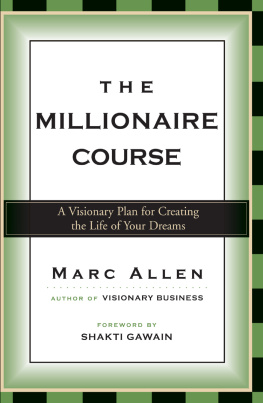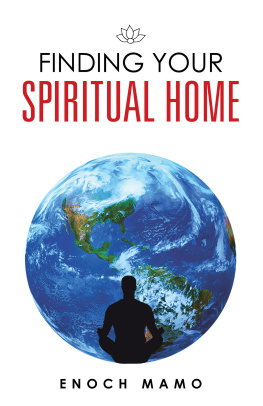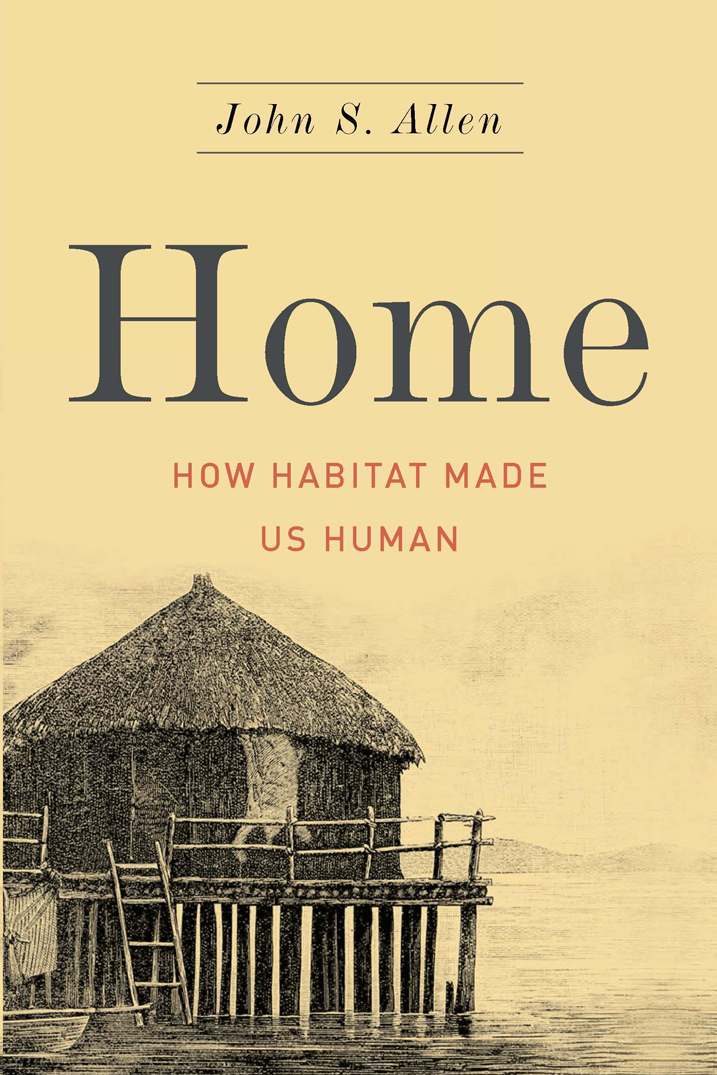HOME
ALSO BY JOHN S. ALLEN
The Omnivorous Mind: Our Evolving Relationship with Food
The Lives of the Brain: Human Evolution and the Organ of Mind

Copyright 2015 by John S. Allen
Published by Basic Books,
A Member of the Perseus Books Group
All rights reserved. Printed in the United States of America. No part of this book may be reproduced in any manner whatsoever without written permission except in the case of brief quotations embodied in critical articles and reviews. For information, contact Basic Books, 250 West 57th Street, New York, NY 10107.
Books published by Basic Books are available at special discounts for bulk purchases in the United States by corporations, institutions, and other organizations. For more information, please contact the Special Markets Department at the Perseus Books Group, 2300 Chestnut Street, Suite 200, Philadelphia, PA 19103, or call (800) 810-4145, ext. 5000, or e-mail .
Library of Congress Cataloging-in-Publication Data
Allen, John S.
Home: how habitat made us human / John S. Allen.
pages cm
Includes bibliographical references and index.
ISBN 978-0-465-07389-4 (e-book) 1. Home (Psychological aspects) 2. Place attachment. I. Title.
GT2420.A55 2015
392.3'6019dc23
2015027697
10 9 8 7 6 5 4 3 2 1
To everyone who has had the dubious privilege of sharing a home with me, especially my wife, Stephanie, and our sons, Reid and Perry
Table of Contents
Guide
CONTENTS
We humans are a species of homebodies. Home is universal, and around the world, people create places for themselves where they feel at home. From the outside, these places can look very different: houses, apartments, tents, shacks, thatched huts, and so on. From culture to culture, and even within a culture, housing and living situations vary tremendously. From Downton Abbey to a downtown flophouse, an igloo to an adobe pueblo, the human penchant for building shelters can be expressed in seemingly infinite ways. But no matter what they look like on the outside, they all fulfill some basic human needs.
Describing humans as homebodies, however, is somewhat misleading: we are more fundamentally homeminded. Home is not simply a location on the landscape where a person lives; it has a privileged place in our cognition. Home brings on feelings of comfort, security, and control. Home does not provide a jolt to the mind like the button-pushing pleasures of sex, drugs, or eating something that tastes really good, nor is it likely to elicit one of the big six basic emotions (happiness, fear, anger, sadness, disgust, or surprise). However, home has a powerful influence on mood and mind. Home is where we go to recover from our exertions in the outside world. It is a place that is different from all others, and when we say we feel at home, it means something important. But how did feeling at home come to be so important? Thats the question I want to explore in this book.
Building and living in houses has helped us humans and some of our ancestors survive and reproduce successfully. In a sense then, houses, or the ability to build and use them, are an adaptation, as we say in evolutionary science. When it comes to the human world, adaptations can be biological or cultural. Clearly, cultural traditions dictate the structure or building in which a person makes a home. People are not genetically programmed to make houses in the way that wasps are to make nests. Instead, the psychological motives and general intellectual ability to make a house and create a home emerge from our brain biology.
So houses and other kinds of homely shelters are undoubtedly cultural products that help humans adapt to the world around us. But the human cultural propensity to shelter ourselves is also reinforced biologically; thus, home is a biological adaptation as well. While houses around the world look different viewed from the outside, the people living in them share some basic patterns in thought and behavior that form the cognitive basis of home life. We share these patterns because over the course of human evolution, our ancestors who developed these feelings about the home environment have likely been more reproductively successful than those who did not. Building a concept or feeling of home in our minds has been critical. We may understand houses from the outside looking in, but home is made from the inside out.
Feeling at home is a biological phenomenon because feelings themselves are the product of the human mind and body. Feelings and emotions evolved over the course of millions of years of evolution to help us regulate and monitor our internal state in relation to the external environment. Anger, fear, sadness, and the other emotions and feelings prime the body for action and help the mind make decisions about what we should or should not do. The feelings we associate with home are built on a cognitive foundation that we inherited from our ancestors. A feeling for home coupled with the inclination and ability to build a shelter for our bodies makes for a profound biocultural adaptation. This adaptation helps people survive in all manner of environments, far from the African woodlands and savannas where the human evolutionary journey first started some six million years ago.
Homesickness and the Homely Mind
I can drive home the importance of our feeling for home by considering our reaction to its loss. Not too long ago, my older son went off to college. He very much looked forward to going to university, and the school he was going to was a top choice for him. Naturally, when he got there, he had a period of adjustment. He was anxious about classes and majors, making new friends, even finding his way around. All this was to be expected, and after a few weeks, he had things pretty much under control.
He was also homesick; again, not really a surprise. After all, and as I will develop more fully throughout the book, home has a special place in our minds, feelings, and emotions. Bouts of homesickness provide a window into these implicit sensations and perceptions that often lie just below the cognitive surface. What surprised me, however, was that when I talked to other parents, friends, and acquaintances about his adjustment to school, I found that there were some who avoided the homesick label like the plague. If I said he was homesick, then they might reply that he was lonely or unsettled or nervous. Homesickness was just not something they wanted to acknowledge. I thought about why this might be the case.
One possible reason is that people see homesickness as a sign of weakness, and therefore it was something they did not think it was polite to project on to my son. Historian Susan Matt has chronicled the interesting history of homesickness in the United States. In the eighteenth and nineteenth centuries, America, a nation of immigrants and movers during a time when relocating meant severing nearly all ties with ones homeland, was a country awash in homesickness. This was widely acknowledged and even expected; medical practice of the time recognized homesickness as a potentially dangerous and primary form of mental illness.
Over time, however, homesickness generally lost its standing as a medical illness, and homesickness itself came to be seen as a sign of weakness. As Matt writes: The modern attitude towards homesickness [is] an attitude predicated on the belief that movement is natural and unproblematic and a central and uncontested part of American identity. Sentimental attachment to past people and places is acceptable, but under the guise of nostalgia (which incidentally is a word that was co-opted from the nineteenth-century medical science term for severe homesickness). Homesickness as weakness makes it very unattractive, and in American culture, something that deserves pity more than sympathy.


















